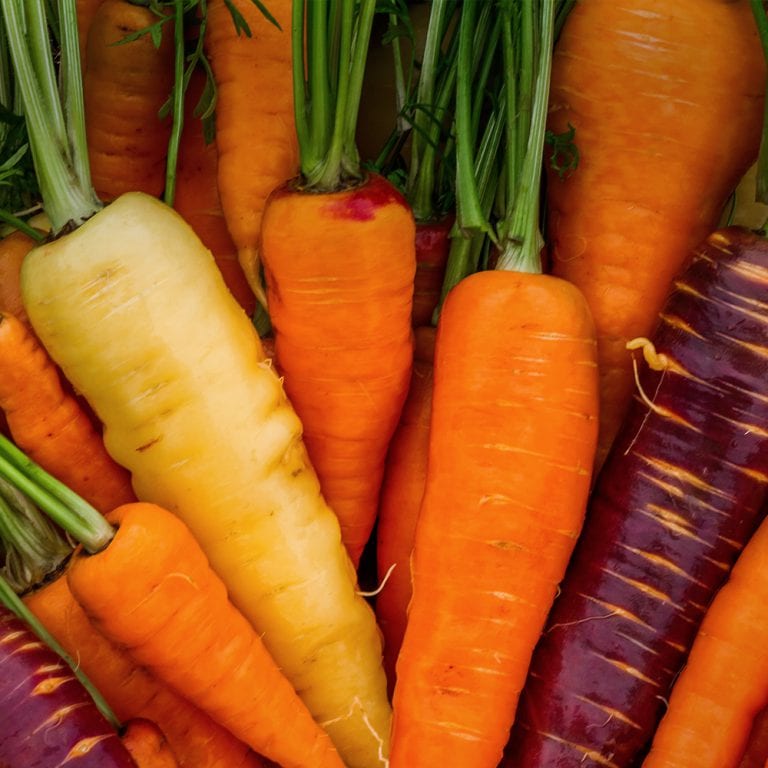How to eat clean and save your green
July 23, 2015

Have you ever gotten inspired to clean up your diet, but been sidelined by sticker shock after your first shopping trip?
Price points for healthy whole foods are consistently higher than prices for less-healthy convenience foods. A study from Cambridge University found that healthy foods are three times more expensive per calorie than unhealthy options. The disparity is obvious in real life: a pint of berries definitely costs more than a bag of chips.
Don’t give up on the idea of eating healthier food, though! As demand for less-processed and organic products grows, prices are dropping to become more competitive. In the meantime, here are some tips for eating clean on a budget:
Learn what produce is in-season
With tools like this handy chart, you can see which types of produce are in-season when you’re shopping. Planning menus around in-season fruits and vegetables will save you money because prices drop with the increased availability during harvest time. Added bonus: in-season produce will be at its peak for flavor and nutritional value.
As a side note, don’t avoid the frozen food aisle! Flash-frozen produce contains as many nutrients as fresh produce, and store brands frequently go on sale.
Know when organic counts
Have you heard of the Dirty Dozen? They’re not a band or a notorious gang from the Wild West – rather, they’re the twelve kinds of produce that are most likely to contain high levels of pesticides if not grown organically. This list, which includes apples and grapes, is where you want to make your organic budget count.
There’s no need to pay organic prices for “Clean 15” foods like corn and avocados, however. These produce varieties have protective outer layers and don’t absorb many crop chemicals.
Here’s an article featuring both the Dirty Dozen and the Clean 15, so you can put your money where your mouth needs it to be!
Buy in bulk
Have you ever noticed those photos on Pinterest featuring beautiful glass containers all in a row, brimming with kitchen staples like grains and dried beans?
It turns out, stocking your pantry in bulk is affordable as well as attractive.
Purchasing large quantities of staples like flour and pasta – even wet goods like olive oil – will show up in savings. You’ll be amazed at what you can get in bulk, from rice and quinoa to spices, nuts, and dried fruit.
Embrace the beauty of leftovers
Once you have a kitchen stocked with in-season vegetables and bulk essentials, don’t shy away from cooking big!
Preparing large amounts of each dish you cook will help you make the most of cheap produce, and it will reduce food waste.
Don’t feel like you have to eat the same meal five nights in a row, either – that’s what Tupperware and freezers are for! If you save leftovers in portions appropriate to what you and/or your family can eat at one meal, you’ll be all set to defrost and enjoy healthy, cost-effective food anytime.
Happy eating!
